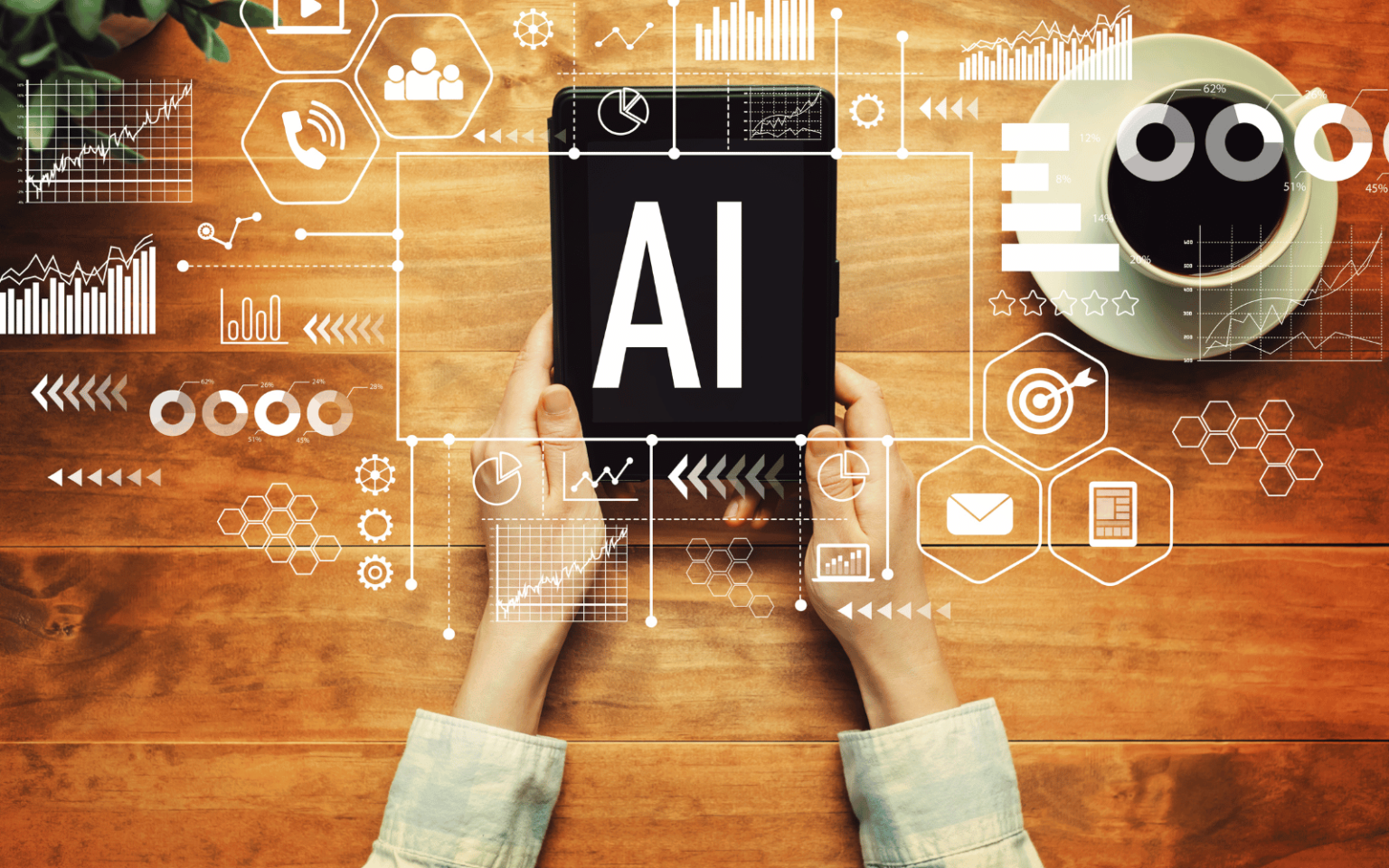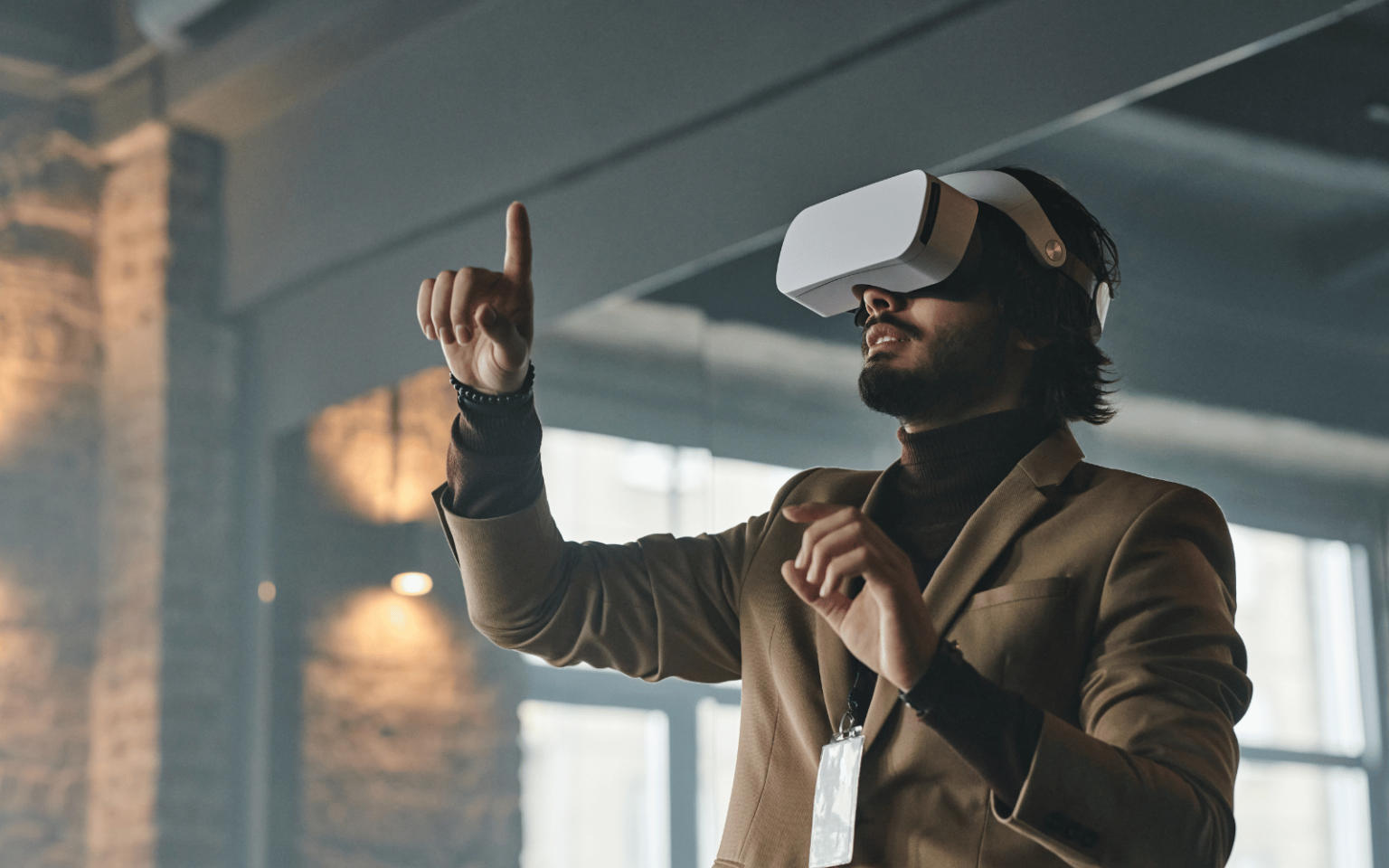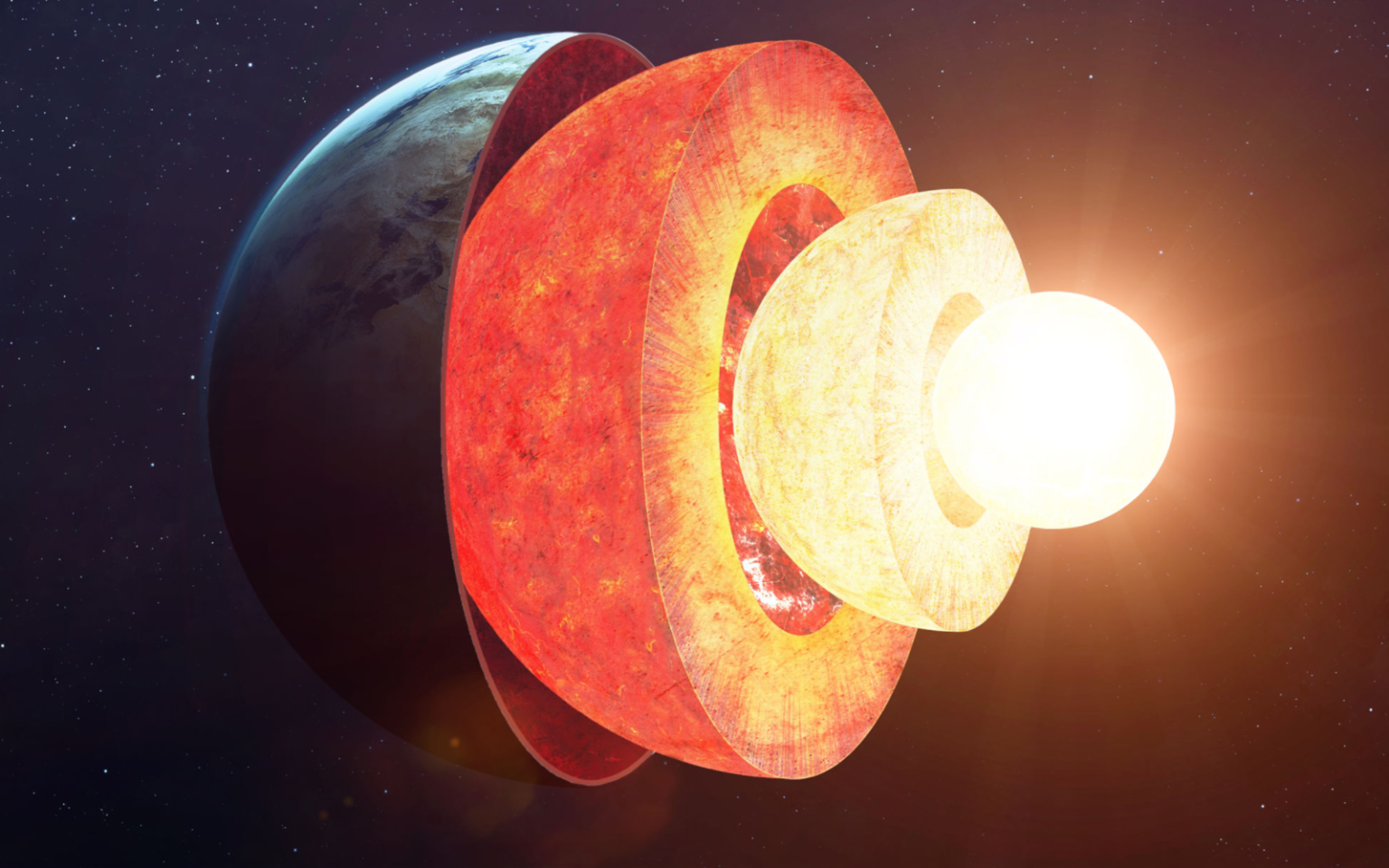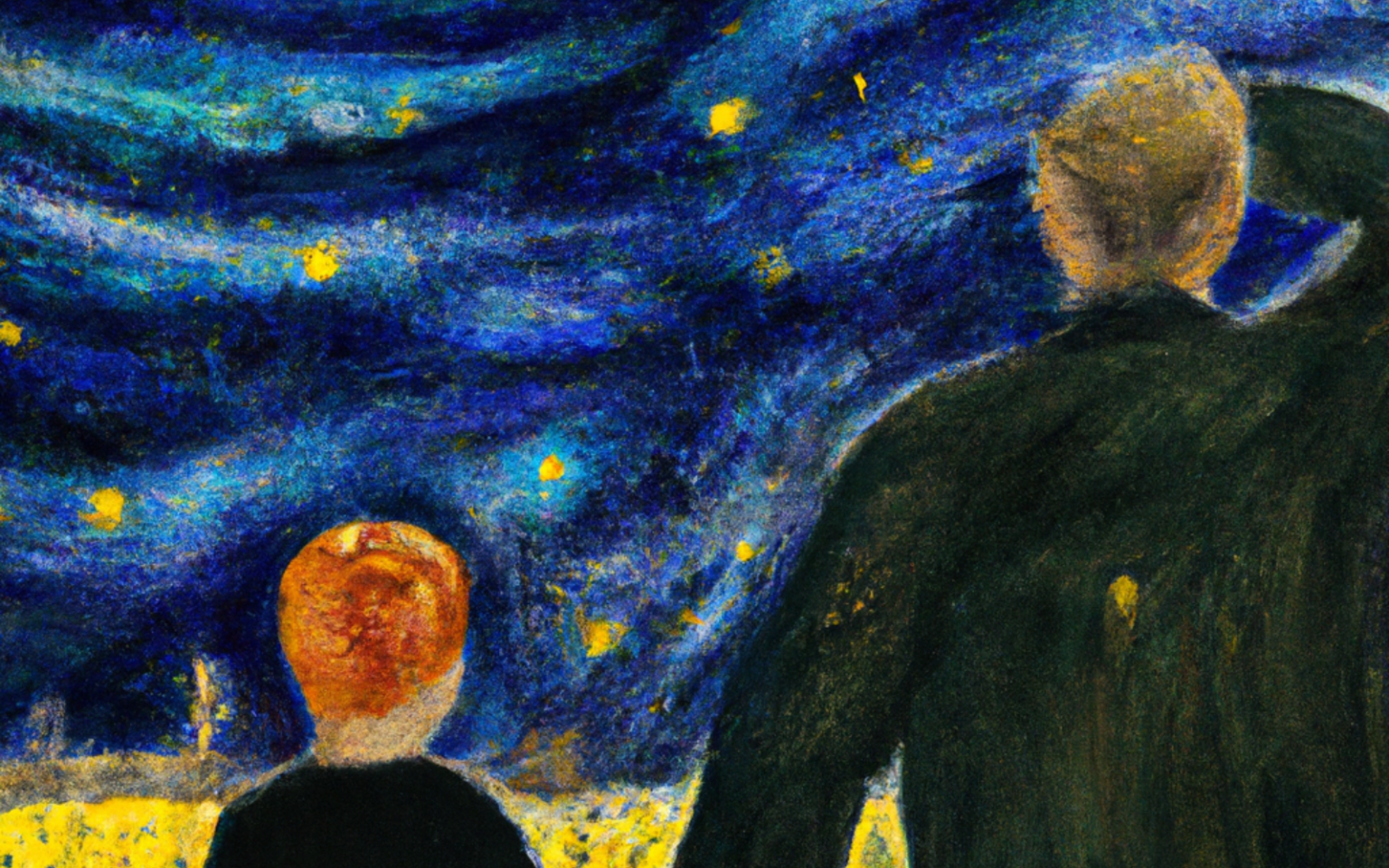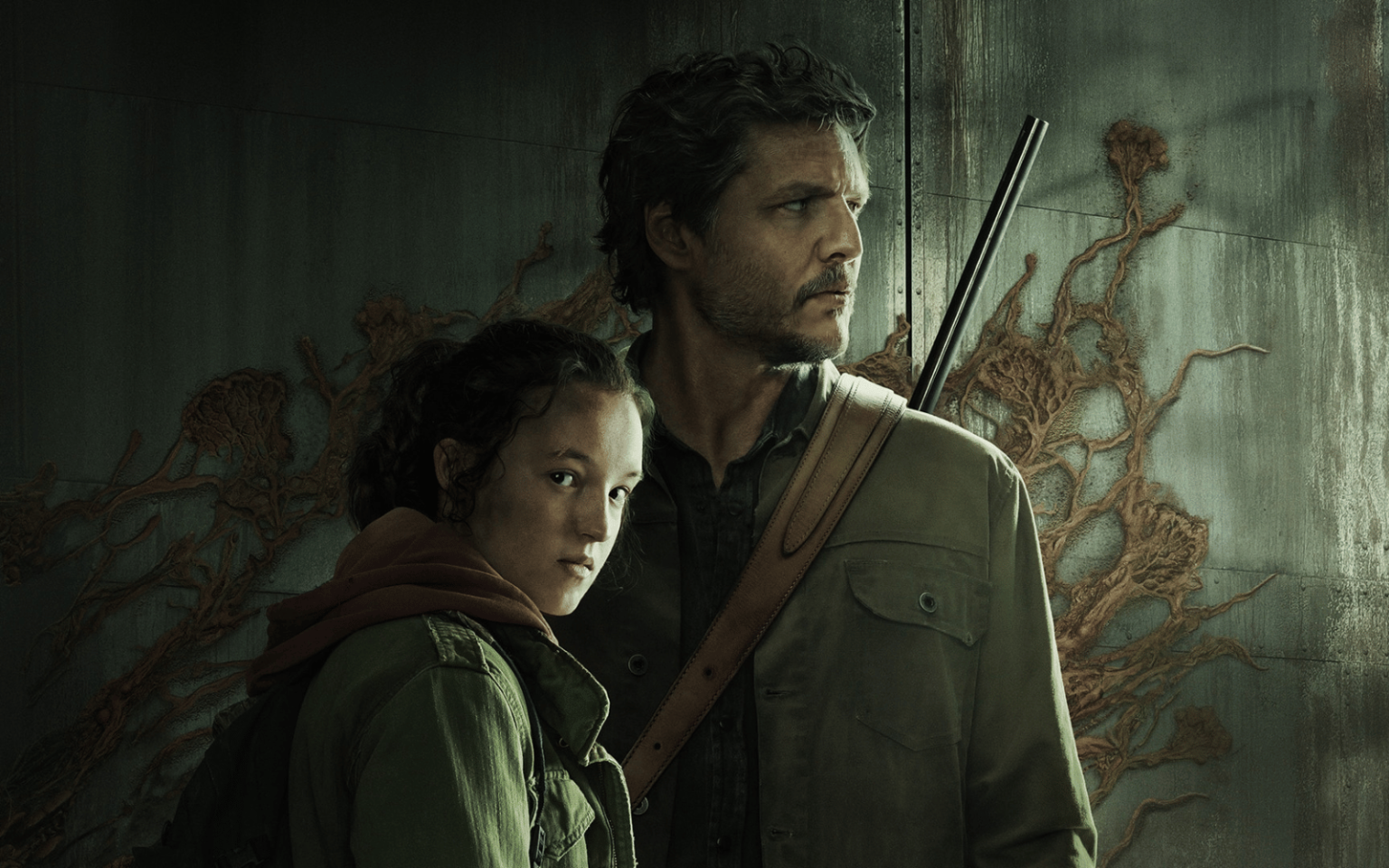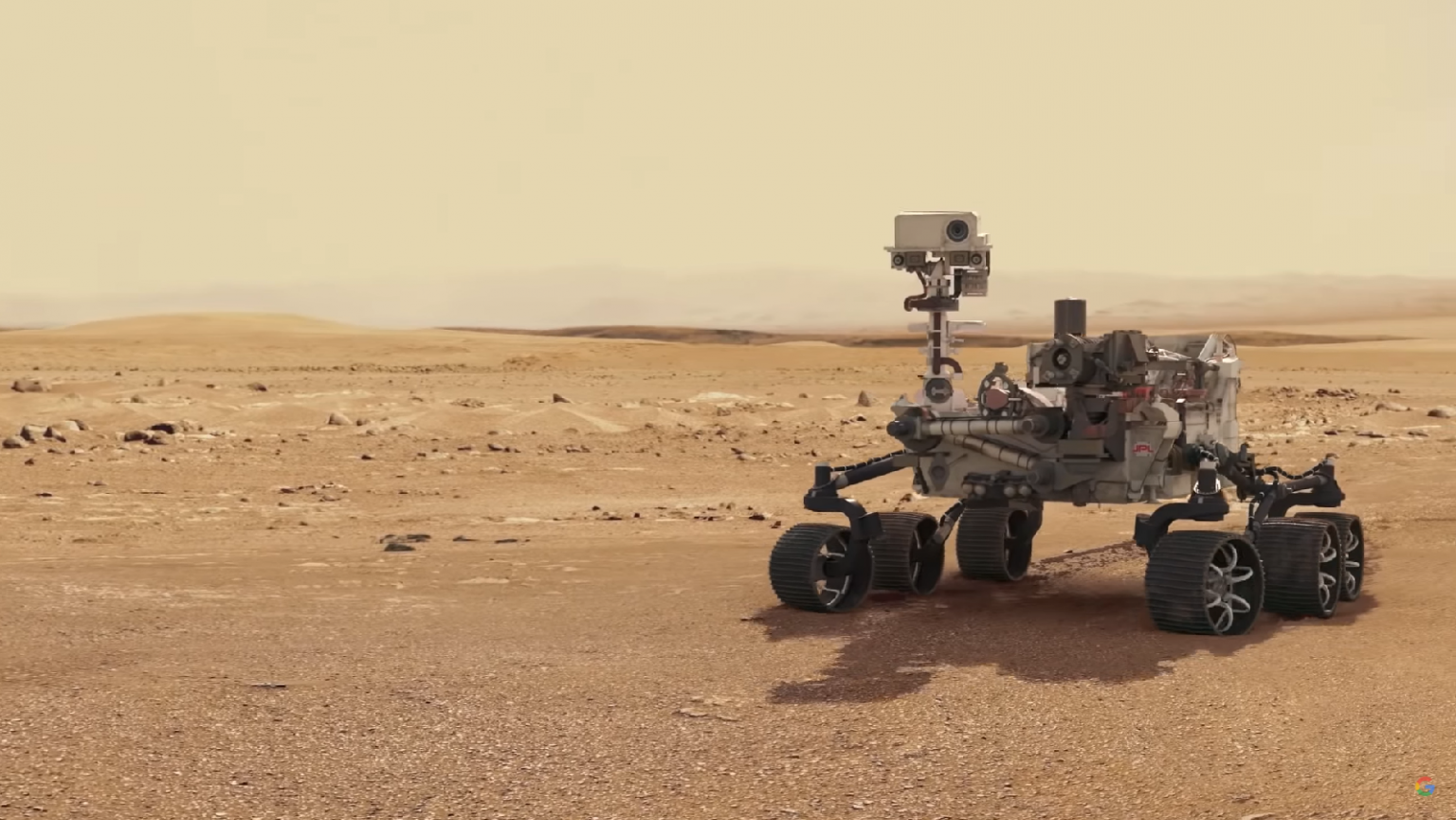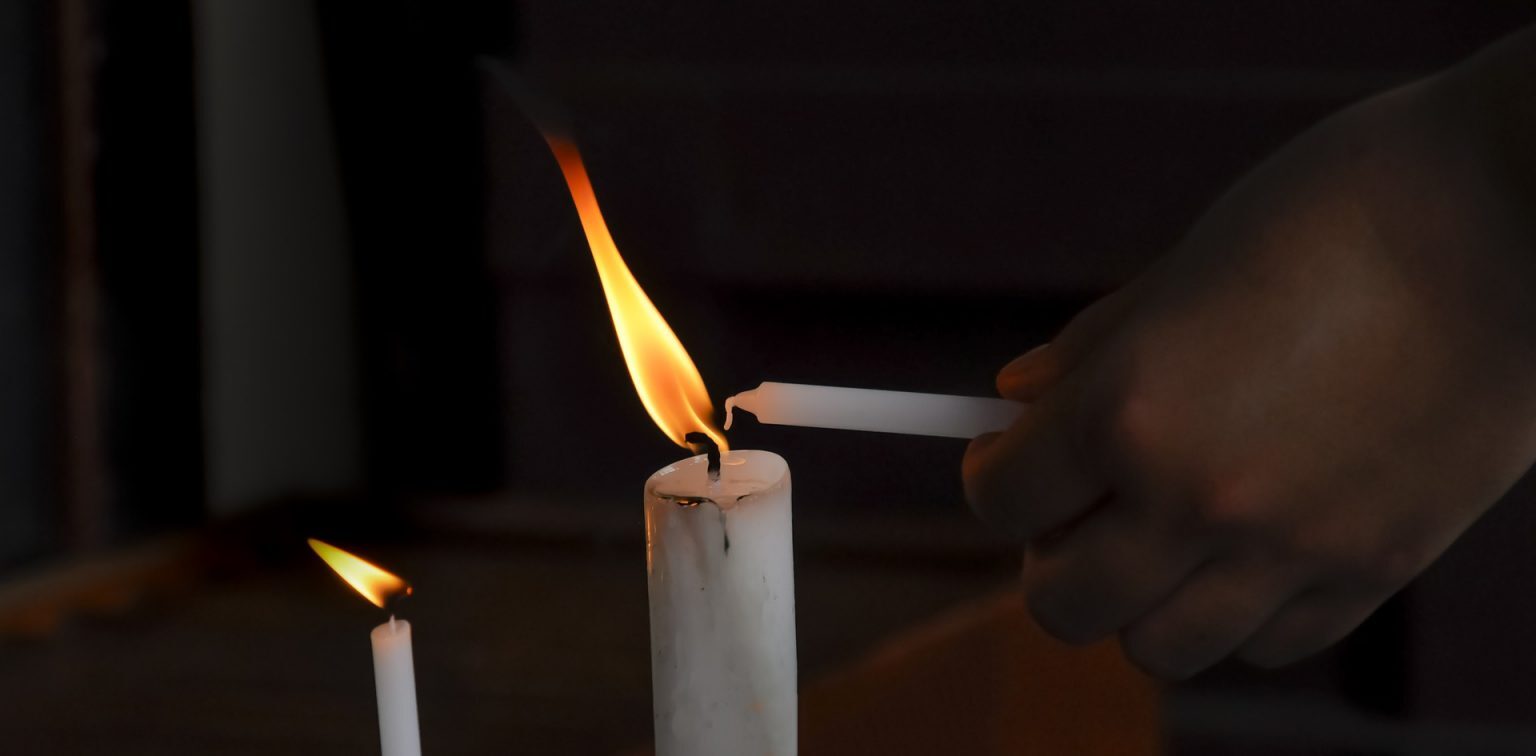Is imitation the sincerest form of flattery, or theft? Perhaps it comes down to the imitator. Text-to-image artificial intelligence systems such as DALL-E 2, Midjourney and Stable Diffusion are trained on huge amounts of image data from the web. As a result, they often generate outputs that resemble real artists’ work and style. It’s safe to say artists aren’t impressed. To further complicate things, although intellectual property law guards against the misappropriation of individual works of art, this doesn’t extend to emulating a person’s style. It’s becoming difficult for artists to promote their work online without contributing infinitesimally to the creative…
Author: The Conversation
The announcement by the South African finance minister, Enoch Godongwana, of debt relief for the country’s troubled power utility, Eskom, is a step forward. It will fix one problem: Eskom has too much debt. But the plan won’t end power cuts which have worsened in recent years. The international experience is that one way to end electricity shortages is to allow competitively-priced privately-funded generation at scale. This requires a reorganisation of South Africa’s electricity market along the lines announced by the Department of Public Enterprises nearly four years ago. The crux of the plan was to split Eskom into three separate units – generation, transmission and…
Despite recent waves of Big Tech layoffs, billions of dollars have been sunk into virtual reality (VR) hardware and software over the past few years. For this investment to be worthwhile, the VR industry needs to achieve sustainability and growth. To do this, it will have to explore many different applications of VR technology, including manufacturing and social VR. Social VR is a type of virtual reality experience where users can meet and interact with one another in a virtual world. As a University of Toronto Mississauga (UTM) associate professor who researches social VR and teaches classes on virtual environments, I am often faced with the question of what will drive…
The way we live our lives online is rapidly changing. Artificial intelligence (AI), virtual reality and innovations such as blockchain – a kind of digital record for transactions — are set to transform the online world, affecting everything from social media to how people and businesses make money from their creativity. If you’re feeling confused by the pace of change, here’s what you need to know about five trends on the cusp of making a major impact. 1. Generative AI AI and the more specific field of machine learning (where software improves at a task with experience) are already used…
Not so long ago, Earth’s interior was thought to be made up of four layers: the crust, mantle, (liquid) outer core and (solid) inner core. In a new study published today in Nature Communications, we provide further evidence for the existence of an “innermost inner core” – a distinct internal metallic ball embedded in the inner core like the most petite Russian nesting doll. Studying Earth’s centre is not just a topic of academic curiosity, but something that sheds light on the very evolution of life on our planet’s surface. This is because the inner core grows outwards by solidifying materials…
Generative AI is having a moment. ChatGPT and art generators such as DALL-E 2, Stable Diffusion and Midjourney have proven their potential, and now millions are wracking their brains over how to get their outputs to look something like the vision in their head. This is the goal of prompt engineering: the skill of crafting an input to deliver a desired result from generative AI. Despite being trained on more data and computational resources than ever before, generative AI models have limitations. For instance, they’re not trained to produce content aligned with goals such as truth, insight, reliability and originality. They…
Many of the people watching The Last of Us are likely there for the zombies. I love the zombies too, but I’m really there for the fungus. I’ve been studying fungi since my PhD work in the 1980s, and I grow more fascinated by these amazing organisms with every passing year. In the HBO series and the video game that inspired it, a parasitic fungus — a fictitious mutation of the very real cordyceps — jumps from insects to humans and quickly spreads around the world, rendering its victims helpless to control their thoughts and actions. Far-fetched fungal fear-mongering? It’s definitely fictional, but maybe…
Robotic rovers are currently exploring the surface of Mars. Part of a rover’s mission is to survey the planet for signs of life. There might be nothing to find – but what if there is, and the rovers just can’t “see” it? New research published today in Nature Communications suggests the rovers’ current equipment might not actually be up to the task of finding evidence of life. As an extreme environment microbiologist, the challenges of searching for life where it seems near-impossible are familiar to me. In astrobiology, we study the diversity of life in sites on Earth with environmental or physical…
South Africa’s current electricity crisis has been described as “a perfect storm”. A number of factors have converged to reach this point: an ageing and inadequately maintained fleet of coal power stations, delays in upgrading the Koeberg nuclear power station and significant failures at the recently built Medupi and Kusile coal power stations. Since the beginning of 2022, power utility Eskom’s inability to meet the country’s electricity demand has resulted in unprecedented loadshedding (scheduled power cuts). In 2022, electricity interruptions totalled 3,775 hours over 205 days. The situation almost certainly will not improve any time soon. At the same time, Gauteng – South Africa’s most…
“Look at this,” says Erica’s message. She is poring over the very first images from the brand new James Webb Space Telescope (JWST). It is July 2022, barely a week after those first images from the revolutionary super telescope were released. Twenty-five years in the making, a hundred to a thousand times more powerful than any previous telescope, one of the biggest and most ambitious scientific experiments in human history: it is hard to not speak in superlatives, and it is all true. The telescope took decades to build, because it had to be made foldable to fit on top…


